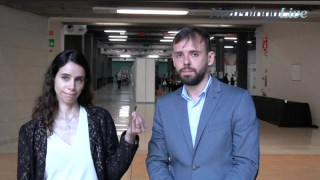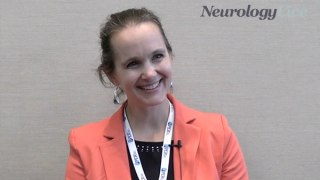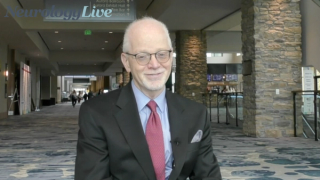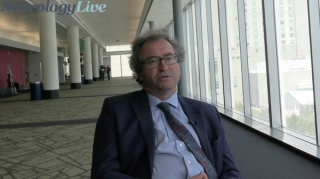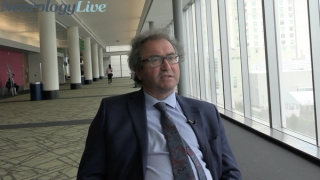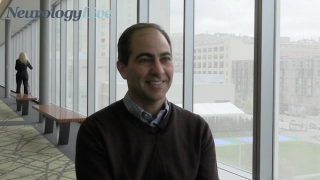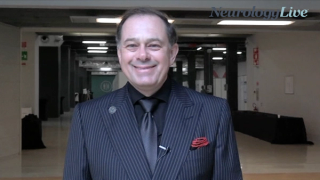
NMOSD
Latest News

Latest Videos

CME Content
More News
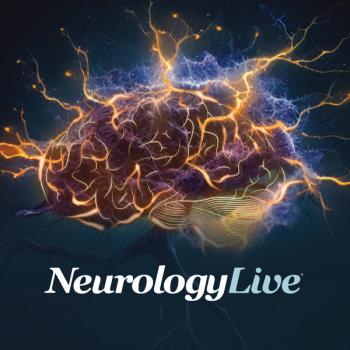
A recent meta-analysis revealed significant differences in characteristic between patients with NMOSD and MS, highlighting the need for enhanced tools to differentiate between these diseases for early and accurate diagnosis.

A recent subgroup analysis of the N-MOmentum study revealed that inebilizumab had equal efficacy in reducing attacks among Asian and nonAsian patients with NMOSD, demonstrating its continued superiority over placebo.
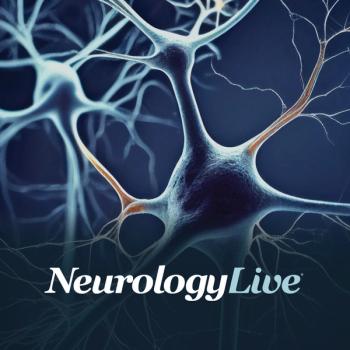
Across 31 studies of patients with NMOSD, more than half of the patients included reported having sleep disturbances associated with their condition.

The physician neurologist and neuroimmunologist at Cedars Sinai Medical Center discussed RNDS 2023, an educational event for Spanish-speaking patients with rare neuroimmune disorders.

Insurance coverage or cost was considered a barrier to prescribing novel NMOSD treatments in 42% of respondents, with the highest rate seen in eculizumab.

A recent meta-analysis on tocilizumab in neuromyelitis optica spectrum disorder (NMOSD) emphasized its effectiveness in reducing relapse rates and improving patient function, with patient-specific factors influencing outcomes.
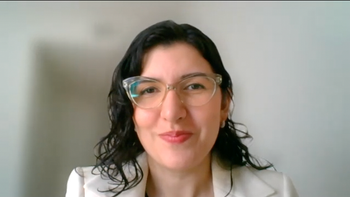
The physician neurologist and neuroimmunologist at Cedars Sinai Medical Center provided perspective on the patient-clinician relationships and the need to educate clinicians about the impacts of rare neuroimmune disorders in Spanish-speaking communities. [WATCH TIME: 3 minutes]

Data from a US database suggest that patients who switched to eculizumab (Soliris; Alexion) significantly reduced their hospitalization, days hospitalized, and documented comorbidities.

A new analysis of the SAkuraMoon study showed that annual relapse rate remained consistently low in satralizumab-treated patients, with high proportions of patients remaining free from relapse, severe relapse, and worsening in disability.

A recent analysis of the PREVENT and CHAMPION-NMOSD found no significant differences in safety outcomes for patients with AQP4+ NMOSD who were treated with rituximab prior to starting C5 complement inhibitors in specific timeframes.

Erin Longbrake, MD, PhD, associate professor of neurology at Yale School of Medicine, discussed the importance of understanding rare autoimmune disorders to effectively design clinical trials and treatment strategies, especially for heterogeneous conditions like NMOSD and MOGAD.

Hesham Abboud, MD, PhD, associate professor of neurology at Case Western Reserve University School of Medicine, talked about a study that suggested the possibility of predicting the future clinical phenotype of optic neuritis in patients early on.

In a recent case-control study of 836 human serum samples, including 332 AQP4-IgG–positive and 504 negative samples, the novel immunodot assay showed a 99.4% sensitivity and a 99.2% specificity.

In this small-scale Turkish-based substudy, stopping eciluzumab appeared to be associated with a “rebound” effect with a high risk of relapse in patients with NMOSD.

The presence of new asymptomatic MRI lesions among patients with NMOSD during the relapse-free period and at relapses was not associated with a shorter time to developing subsequent relapses.

A recent systematic review showed that AQP4+NMOSD in patients with systemic lupus erythematosus can mimic neuropsychiatric manifestations, frequently occur after the onset of lupus or may predate, and necessitate indefinite treatment.

Antinuclear antibodies seem to be more associated with severe disease activity and poor prognosis among patients with NMOSD, which further implies that they may be potentially used as a prognostic marker for the disease.

Findings showed that autonomic symptom burden was slightly more severe in patients with multiple sclerosis compared with those with NMOSD, although the difference was not statistically significant.
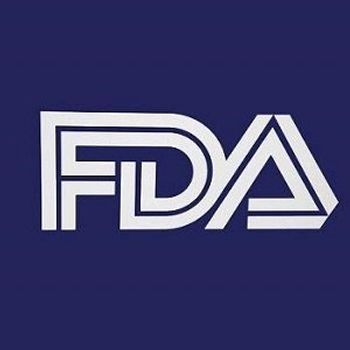
The agency requested modifications to the REMS program, seeking validation of patients’ meningococcal vaccination status and prophylactic administration of antibodies prior to giving ravulizumab treatment.

Preliminarily data from in vitro experiments demonstrated that cytomegalovirus antigenic peptides can activate peripheral antigen-specific T cells among patients with NMOSD.

Christy Sheehy, PhD, chief executive officer and cofounder of C. Light Technologies, talked about the FDA clearance of Retitrack—retinal eye-movement monitor—and how the device holds promise for facilitating more accurate ocular motor assessments at bedside.

According to a recent study, malnutrition is related closely to quality of life among patients with NMOSD, caused by a variety of physiological and psychological factors.

Among a cohort of more than 70 individuals with MS, only 1 relapse occurred while on eculizumab, with significant reductions in immunosuppressive use observed.

Differential diagnosis consideration for MS requires a circumspect approach dependent on the clinical presentation and accompanied by vigilance for clinical and paraclinical red flags suggesting alternative diagnoses.

METEOROID is the first study to evaluate the efficacy and safety of satralizumab, an FDA-approved therapy for NMOSD, in patients with MOGAD.





